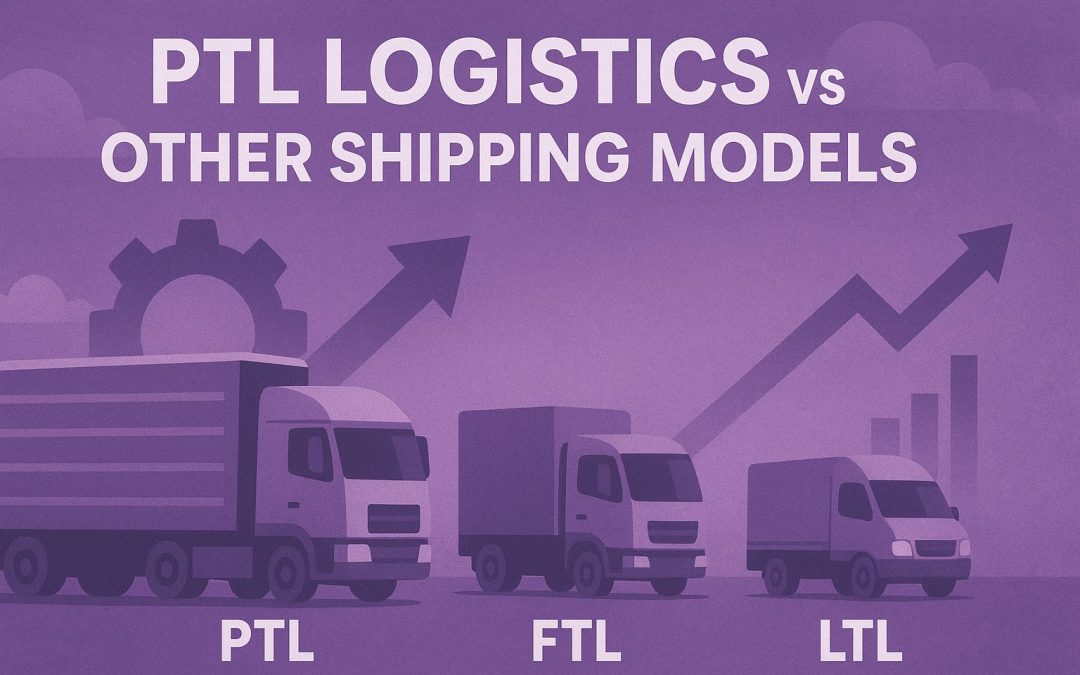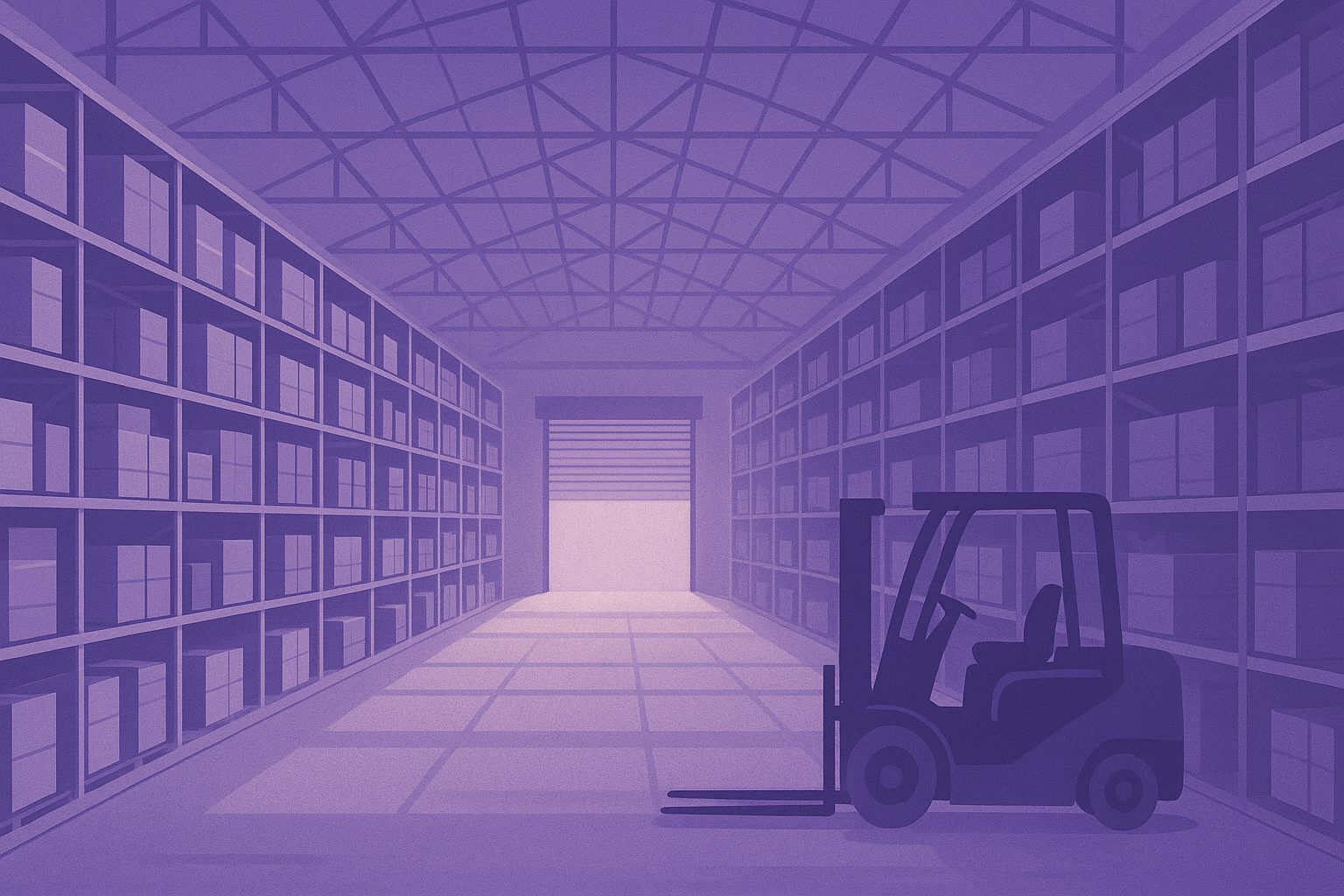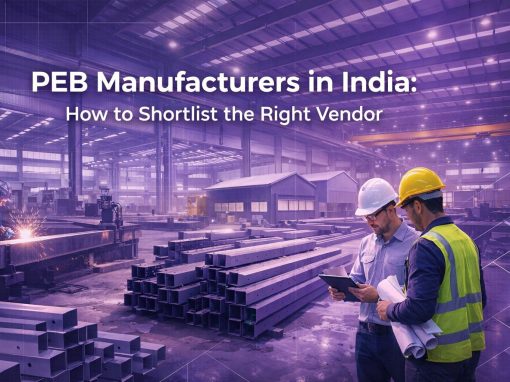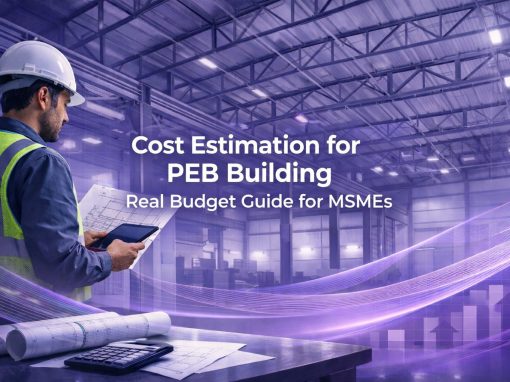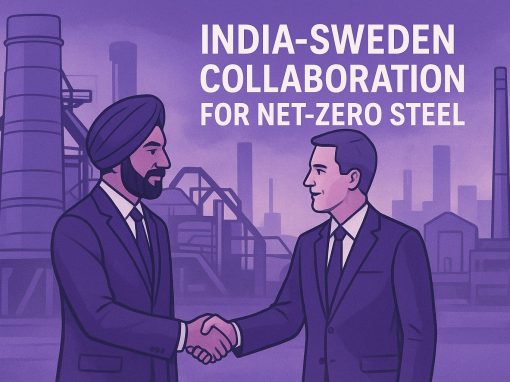Table of Contents
Efficient logistics helps small and medium businesses grow and stay competitive. For MSMEs, choosing the right logistics model can reduce costs, improve delivery times, and keep cash flow steady. However, high transport expenses often make it hard for these businesses to reach new markets or maintain profits. PTL logistics offers a practical solution to this challenge.
Part Truckload (PTL) logistics lets businesses send goods that are too large for courier services but too small for a full truck. This makes it a cost-effective and flexible option for many MSMEs. With better transport networks and digital tracking, PTL services help MSMEs reach customers in more pin codes.
This article explains how PTL works and compares it with other logistics models such as FTL, LTL, and Express. It also highlights how PTL shipping can help MSMEs improve efficiency and grow more confidently.
Understanding the Major Logistics Models in India
Indian MSMEs can choose from several logistics models depending on shipment size, urgency, and cost. Each model has its own strengths and limitations. The table below gives an overview with practical examples.
| Model | Full Form/ Meaning | Ideal Use Case | Example (India Context) | Pros | Cons |
| FTL | Full Truckload | Best for large shipments that can fill a full truck. | Used by manufacturing MSMEs and those sending bulk construction materials. | Fast and reliable delivery with fewer handling points. | High costs if the truck is not fully loaded. |
| LTL | Less Than Truckload | Works for smaller shipments that share space with goods from other businesses. | Common for small retailers and FMCG distributors. | Low shipping costs and easy to access for small-scale goods. | Slower delivery due to multiple stops and handling. |
| PTL | Part Truckload | Ideal for medium-sized loads that do not fill an entire truck but move faster than LTL. | Popular among apparel, electronics, and home goods MSMEs. | Combines flexibility and speed. Cost-effective for mid-sized loads. | Limited coverage in some regions and requires reliable partners. |
| Express / Courier | Parcel or small-package delivery | Best for light, time-sensitive shipments. | Used by E-commerce sellers, D2C brands, and document couriers. | Fast and convenient for urgent deliveries. | Expensive for heavier or bulky goods. |
What Makes PTL Logistics Unique
PTL logistics offers the flexibility of LTL and the speed of FTL. It allows MSMEs to move goods quickly without paying for unused truck space. This hybrid model uses smart space and route optimisation, which reduces cost per shipment while keeping delivery times short.
In India, companies such as Delhivery and Rivigo provide PTL services designed for MSMEs. PTL logistics also supports the goals of the National Logistics Policy (NLP) by improving efficiency and promoting digital solutions for small businesses.
PTL vs. Other Logistics Models – A Comparative Analysis
Choosing the right logistics model can make a big difference to how MSMEs manage costs, deliveries, and overall efficiency. Below is a simple comparison showing how PTL logistics performs against other options such as FTL and LTL.
| Factor | FTL | LTL | PTL | Courier/ Express |
| Cost | High | Low | Moderate | High per kilogram |
| Delivery Speed | Fast | Slow | Moderate to Fast | Fastest |
| Best For | Bulk Loads | Small Parcels | Mid-sized Loads | Light Goods |
| Handling | Minimal | Multiple | Limited | High |
| Ideal Users | Manufacturers | Small Retailers | MSMEs | E-commerce Sellers |
Cost and Efficiency
- Full Truckload (FTL) services are reliable but expensive unless the truck is fully loaded. Many MSMEs end up paying for unused space, which raises overall costs.
- Less Than Truckload (LTL) services are cheaper but slower, as goods are handled multiple times during consolidation and delivery.
- Part Truckload (PTL) offers balance. It is cost-effective and faster, since goods move with fewer stops. For example, a textile MSME shipping around three tonnes across states can save 20–30% on logistics costs with PTL compared to FTL shipping.
Delivery Time and Reliability
- FTL provides direct, fast delivery since the truck moves from one point to another without breaks.
- LTL often faces delays due to multiple loading and unloading points.
- PTL sits in between. It offers predictable delivery timelines and fewer transshipments. This reliability helps MSMEs maintain a steady inventory flow and avoid stock shortages.
Flexibility and Scalability
PTL logistics gives MSMEs flexibility to ship goods based on actual volume rather than fixed truck capacity. Businesses can scale shipments up or down easily without major cost changes. This is especially useful during seasonal demand spikes or when distributing goods to multiple locations.
Risk and Handling
With fewer touchpoints, PTL shipments face a lower risk of damage compared to LTL, where frequent handling increases the chances of wear or loss. This makes PTL a better choice for fragile or semi-high-value products like electronics, furniture, or handicrafts.
Documentation and Operations
FTL services are simple to manage but need advance planning and coordination to fill the truck. PTL logistics, on the other hand, uses digital systems for scheduling, tracking, and invoicing. For MSMEs, this reduces the need for middlemen or dedicated logistics staff, saving both time and administrative effort.
To summarise, PTL logistics offers MSMEs a smart middle path. It combines the cost efficiency of LTL with the reliability and speed of FTL, helping small businesses move goods more efficiently.
Top Benefits of PTL Logistics for Indian MSMEs
PTL logistics offers Indian MSMEs a balanced, flexible, and cost-effective way to move goods across regions. It helps small and mid-sized businesses improve efficiency, reduce shipping expenses, and reach wider markets. Below are the key benefits of PTL shipping.
Cost Efficiency and Working Capital Savings
MSMEs pay only for the truck space they use, making PTL a more affordable option than hiring a full truck. This helps free up working capital that would otherwise be tied up in logistics costs. As a result, businesses can invest more in operations, inventory, or marketing.
Faster Delivery Than LTL
With optimised routes and fewer stops, PTL shipments reach destinations more quickly than traditional LTL freight. This speed helps MSMEs restock on time and maintain better service levels for customers. Faster deliveries also improve trust and repeat orders.
Flexibility and Scalability
PTL logistics allows MSMEs to adjust shipment size and frequency based on business demand. It supports both seasonal surges and smaller, steady orders without major cost changes. This flexibility helps businesses grow smoothly without overcommitting resources.
Wider Market Reach
Expanding PTL networks now cover Tier 2, Tier 3, and even Tier 4 cities in India. This allows regional MSMEs to access new markets and customers across the country. Wider reach means more sales opportunities and a stronger competitive edge.
Reduced Risk and Handling
PTL shipments have fewer touchpoints compared to LTL, reducing the chances of damage or loss. This makes it ideal for fragile, semi-high-value, or customised goods. MSMEs benefit from safer transport and fewer product returns.
Digital Integration
Modern PTL services offer real-time tracking, automated billing, and electronic proof of delivery. These digital tools simplify logistics management and reduce paperwork. MSMEs gain better control over planning, visibility, and performance tracking.
Reduced Inventory Pressure
Because PTL supports smaller but more frequent shipments, MSMEs can manage leaner inventories. This reduces storage costs and keeps cash flowing through the business. It also allows quicker responses to changing customer demand.
Better Sustainability
PTL uses shared truck capacity, which cuts down empty miles and lowers fuel use. This reduces the carbon footprint of each shipment. Environmentally responsible logistics also help MSMEs align with growing sustainability goals in supply chains.
Choosing the Right Logistics Model for Your Business
Selecting the right logistics model is an important decision for any MSME as it directly affects cost, delivery speed, and customer satisfaction. Each business has different needs depending on shipment size, product type, and destination. The points below can help MSMEs make the best choice.
- Shipment Size and Frequency – Consider how much and how often you ship. Large, regular loads may suit FTL, while medium and frequent shipments fit PTL.
- Distance and Delivery Urgency – For fast, long-distance deliveries, FTL or PTL are better than LTL.
- Product Type – Fragile, bulky, or high-value goods need models with fewer handling points, such as PTL or FTL.
- Cost Sensitivity – If reducing logistics costs is a priority, PTL offers a good balance between cost and reliability.
- Infrastructure Availability – Check if your pickup and delivery locations have access to proper transport networks and warehousing.
When to Choose PTL Over Other Logistics Models
Choose PTL logistics when your shipment is too large for courier or LTL services but does not require a full truckload. PTL works best for mid-volume, high-frequency shipments, typically between 1 to 6 tonnes. PTL is ideal for MSMEs that want to optimise cost, improve delivery times, and maintain flexibility without overcommitting to full truck capacity.
PTL vs. Other Logistics Models: Challenges & Solutions
Every logistics model comes with its own challenges, but PTL offers a practical balance when it comes to cost, delivery speed, and flexibility. Still, MSMEs must understand PTL’s limitations compare to FTL, LTL, and courier services and how to address them.
Challenge 1: Limited Network Coverage in Remote Areas
Unlike FTL, which can run on-demand between two points, PTL depends on shared routes and consolidation hubs. In remote regions, this can cause limited availability or longer wait times compared to FTL’s direct service or courier networks.
Solution:
Leading PTL providers are expanding coverage through strategic partnerships, hub networks, and multi-modal routes. Government initiatives like PM GatiShakti are also improving connectivity to Tier 3 and Tier 4 cities, helping PTL match FTL’s reach over time.
Challenge 2: Transit Time Variability
FTL offers fixed, direct routes, while LTL can face delays from frequent loading and unloading. PTL lies in between. It is faster than LTL but its shared loads can still cause time variations.
Solution:
Modern PTL platforms use AI-based route optimisation and predictive scheduling to plan efficient journeys. These tools minimise idle time and provide real-time tracking, making PTL almost as reliable as FTL for time-sensitive deliveries.
Challenge 3: Trust and Reliability Concerns
In FTL, a single shipper controls the entire truck, reducing handling risks. PTL, however, involves multiple shippers, creating concerns about cargo safety and potential delays that are similar to LTL but at a smaller scale.
Solution:
Reputed PTL companies now offer digital visibility, tamper-proof packaging, and reduced handling points. Transparent tracking and delivery proof systems (ePODs) build trust and ensure accountability throughout the journey.
Challenge 4: Digital Literacy Gap Among MSMEs
While larger companies easily manage FTL operations through brokers or in-house teams, many MSMEs using PTL rely on digital booking and tracking tools that may feel unfamiliar. This creates a learning barrier, especially for small-town businesses.
Solution:
PTL providers are making their systems simpler and multilingual, offering customer support via WhatsApp or call centres. Training materials, video demos, and assisted booking options are also helping smaller MSMEs adopt digital logistics smoothly.
Challenge 5: Balancing Cost and Control
FTL gives total control but at a higher cost, while LTL and courier services are cheaper but offer less predictability. PTL aims to balance both, yet some MSMEs still struggle to compare total landed costs.
Solution:
Digital PTL dashboards now show transparent pricing, live cost breakdowns, and shipment performance analytics. This visibility helps MSMEs plan budgets more accurately and choose the most efficient routes for each shipment.
The Future of PTL Logistics in India
The future of PTL logistics in India looks highly promising, especially for MSMEs adopting digital-first operations. With reforms such as GST, e-way bill digitisation, and the National Logistics Policy (NLP), PTL is becoming a preferred model for efficient, transparent transport. Advanced technologies such as AI-driven route planning, load sharing, and cost optimisation are improving delivery speed and reducing wastage.
As India aims to lower its logistics cost-to-GDP ratio from 14% to 8%, PTL logistics will play a key role by making goods transportation more cost-effective and sustainable. The expansion of multi-modal logistics hubs under the PM GatiShakti initiative will further strengthen PTL networks, improving connectivity across Tier 2 to tier 4 cities. Together, these developments are set to make PTL a core enabler of MSME growth and competitiveness in the coming years.
Conclusion
PTL logistics bridges the gap between traditional LTL and FTL models, offering the ideal mix of cost efficiency, speed, and flexibility for Indian MSMEs. By paying only for the space they use, businesses can reduce logistics costs while ensuring faster deliveries and wider market access.
Smart logistics choices like PTL not only improve cash flow and supply chain reliability, but also help MSMEs stay competitive in a fast-changing market. As digital platforms make PTL more transparent and easy to manage, it is the right time for MSMEs to explore this model.
Recommendation: Partner with PTL providers offering clear pricing, digital tracking, and pan-India reach to optimise your business’ logistics and to support sustainable growth.
Need reliable logistics solutions for your business?
Tata nexarc helps businesses streamline their supply chain with trusted transporters, competitive pricing, and real-time tracking – ensuring timely and cost-effective delivery across India.
FAQs
What is PTL logistics?
How is PTL different from FTL and LTL?
Why is PTL logistics good for MSMEs?
What shipment size suits PTL logistics?
Is PTL shipping available across India?
How does digital PTL logistics work?
Is PTL shipping safe?
How does PTL shipping reduce costs?
Which sectors benefit most from PTL logistics?
What is the future of PTL logistics in India?
Pradeep a SEO professional and passionate content writer who loves writing on various topics with 5 years of experience. At Tata nexarc, it has been 4 years since he is helping MSMEs to know the business challenges deeper and strategies to solve those. While not writing, he loves reading about digital marketing to hone his skills for business growth.
